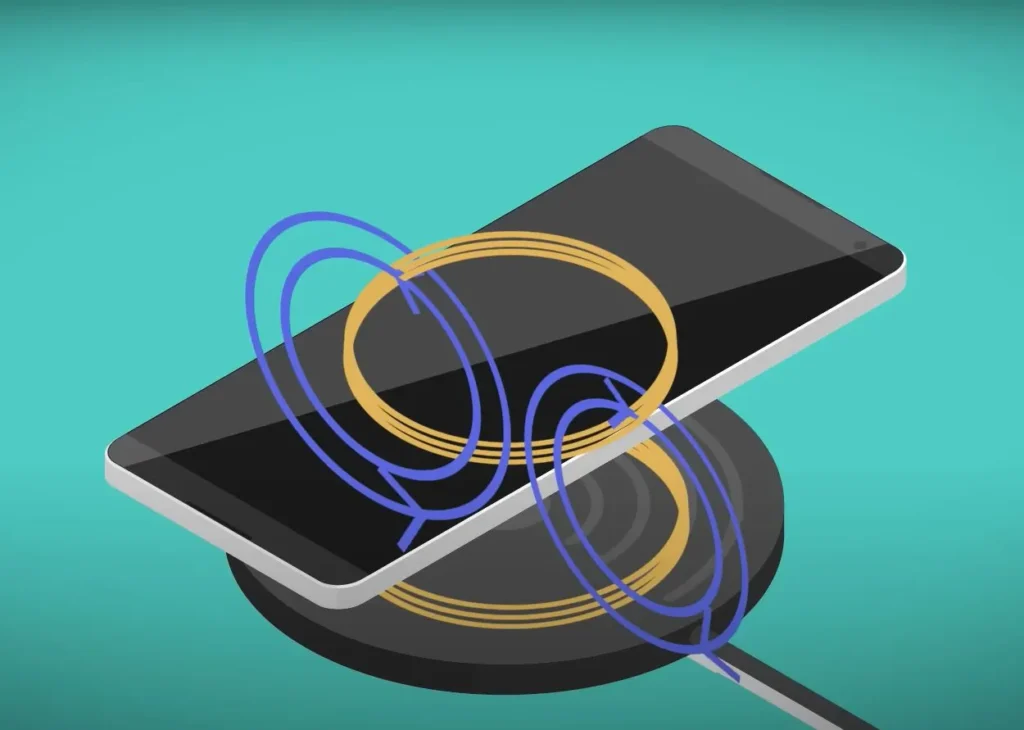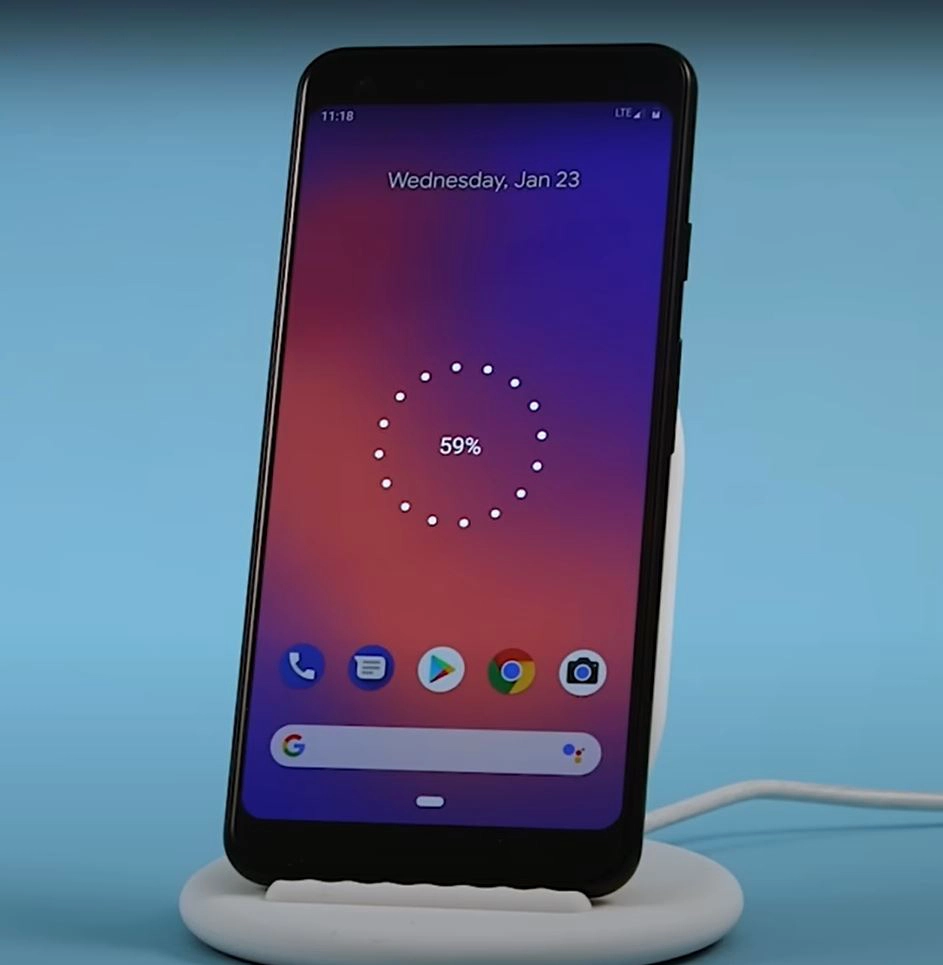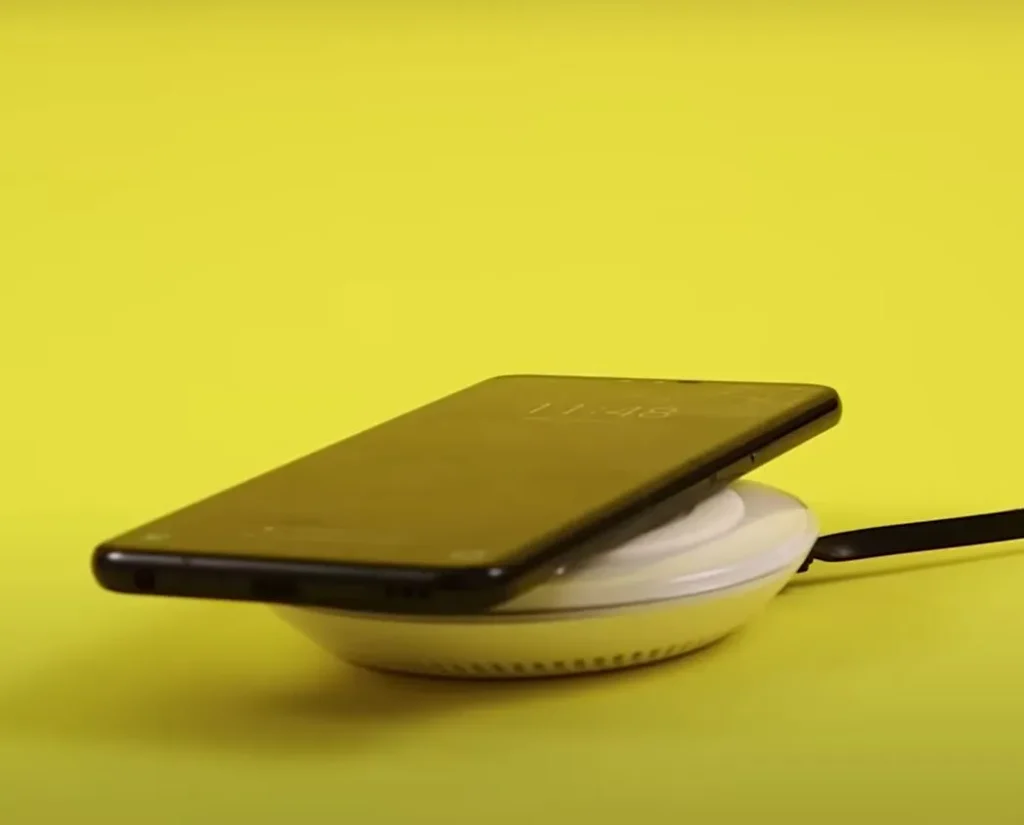Nowadays, practically everyone has a cell phone, and many of us have multiple phones. Sometimes this makes it difficult to understand how we lived without mobile communication in the past, how we met people and scheduled appointments, and how we conducted business. However, there are a few drawbacks to the portable device. For some reason, the phone is always being taken, and then it vanishes. Additionally, the phone tries to discharge at the worst possible time for unknown reasons.
You must use more caution to ensure that the phone did not vanish into thin air. Additionally, you need a charger to keep your device charged. Furthermore, it makes sense to address wireless charging immediately.
What is the process of wireless charging and which smartphones are compatible with it?

The idea behind wireless charging is the transfer of energy via magnetic fields. The renowned Serbian Nikola Tesla worked hard to develop this idea of energy transfer in the 19th century. The wireless method of energy charging was once only found in science fiction, but in more recent times, it has become a reality.
The magnetic fields of the transmitter and receiver allow for the transfer of electricity without the need for wires, to put it in terms that even the average person can understand. The phone’s coil and the charging station’s coil combine to form the very field that conducts electricity. The phone begins to charge when we place it on a specific platform. We no longer require wires.
It’s not possible to charge every phone this way. It’s not good, this big push-button machine your grandfather still uses. A Qi or comparable module that functions as an electricity receiver is necessary for wireless charging. Many of the modern devices contain this module. The device’s characteristics can tell you whether it is present or not. For instance, Samsung has been including a Qi module in its phones since 2016.
If your device lacks wireless charging capabilities, you can purchase a specialized case that incorporates a receiver module. Remember that while these cases work with some phone models, they are not at all universal.
The advantages and disadvantages of wireless charging
You’ll concur that additional wires are not necessary in your home, unless you’re an insane scientist. Wires are already tangled on the walls, the floor, and nearly the ceiling of any modern home. Your chances of avoiding becoming tangled in cords will increase if you use wireless charging. When you have to be on the hotline all the time for office work, such a charger becomes absolutely essential.

The phone in the car is being charged on a different line. Finding a plug while traveling can be difficult and even dangerous as you might end up somewhere other than where you had intended to go. In the car, wireless charging is at least a useful feature.
The people who wear tinfoil hats and have a running gaze are the main sources of the myths that persist about the negative effects of such charging.
The phone gets extremely heated during the wireless charging process, which is one of its main drawbacks. Furthermore, heat is detrimental to the phone’s battery. Another factor that may irritate you is charging speed; a wired charger will charge more quickly (a cord will take 1.5–3 hours on average to fully charge).
When selecting a wireless charger, what should I look for?
It is important to carefully consider which wireless charger is best for your smartphone or iPhone if you decide to purchase one.
Selecting the standard is something you must do right away when purchasing a wireless charger. There are two standards: PMA and the previously mentioned Qi standard, which is more widely used. With the exception of a minor variance in the alternating current strength, these formats are nearly identical. While some phones support both of these standards, you usually only have to choose one. This point is inherently indicated by the phone’s characteristics.
It is important to consider the charging time. Such time is by definition not small in wireless devices. However, it makes sense to look for a faster charger if the phone has been charged for longer than four hours.
Take note of the characteristics of certain models. If you’d like, there are chargers that come with a large mat that can hold multiple devices while charging at once. In place of the standard platform, chargers with two operating platforms are available.
Lastly, brand awareness is something that should be considered. Wireless devices from Samsung, Xiaomi, Nillkin, and Belkin are protected from short circuits, power surges, and overheating.
So, if you’re stuck on how to select a wireless charger for your phone, get advice from an expert or find the match. You can actually start right here with this text, by the way.
Which power source is appropriate for charging wirelessly?
An important point to note is that the adapter required for correct current operation is frequently missing from the wireless charging set.

Every charger has a unique power specification. For instance, the international characteristic of the Qi format is that it is intended to operate at a power of 5 volts. It is wise to research the device’s documentation or ask the seller about the power beforehand. The adapter may only slightly depart from this estimate. This variation in Qi’s case can range from 4.5 to 5.2 volts. You run the danger of burning the device with a bigger deviation.
In this case, the charger’s price and brand are very significant factors. Low-cost models are more susceptible to variations in the power of the charger and the adapter.
Should you take the original charger or is it worth purchasing a less expensive one?

Yes, sticking with the original models is preferable. Here’s why, too.
Unpredictable power is a dangerous characteristic of cheap chargers. You have a potential catastrophe when you combine that with inadequate insulation (the wireless charger’s base is still wired, after all).
A defective charger has the potential to drain the phone’s battery or harm the device altogether, causing it to stop charging. And the reason for this is that the required power is not always specified or is specified incorrectly in cheap chargers.
The phone battery will heat up from poor quality charging, which causes wear and tear. Moreover, a charged battery will run out sooner.
According to engineers, short circuits are frequently caused by subpar phone chargers, which is hazardous for both your home and your phone.
The obvious fix is to purchase an original charger for your device. It is preferable to locate a charger from the same company and proceed in the same manner for a Samsung phone. Additionally, low-quality, unknown devices are firmly ignored.
If every member of your large family owns a mobile device, charger confusion is unavoidable. These days, you can get a universal wireless set to charge multiple devices simultaneously, including iPads and tablets. However, there will be a significant cost.
If you need to purchase a charger for your car, be sure to look at the power connector; in our cars, the charger’s base is connected to the cigarette lighter rather than the wall outlet. The designs of car chargers and home chargers may also vary. One possible attachment for the car charger is the air intake grille.
How should I correctly use a wireless charger?
It’s not easy to charge a wireless device, and you don’t have to be an academy graduate to do it. However, some guidelines are important to remember.
- Trying to charge your phone from a wireless base may just cause it to become unresponsive. In this instance, see if the phone’s settings have the wireless charging option enabled.
- It’s a good idea to disconnect the phone in advance. You’ll be wasting energy because many models don’t automatically turn off the magnetic field when charging is finished.
- The phone will charge more quickly if it is positioned in the middle of the charging base, where the magnetic field will be more effective. In most cases, the manufacturer will warn you in the instructions if you need to position the phone somewhere other than in the center of the base. By the way, you should read the instructions at least once before throwing them in the trash.
- Remove the case from your iPad or smartphone if it is thick because it may impede or slow down charging.
- Sometimes you have to charge the battery no more than 80% to avoid damaging it. Some bases heat up the phone, but not all of them do.
- Certain wireless charging models produce a slight noise while they are in use. This is a feature of the design; don’t panic and call the rescuers.
Concusion
Currently, wireless charging for electronics is far from perfect. Numerous details must be considered when choosing the auxiliary devices, such as an AC adapter. However, after using wireless charging, many no longer use traditional cords. And that’s quite a statement.